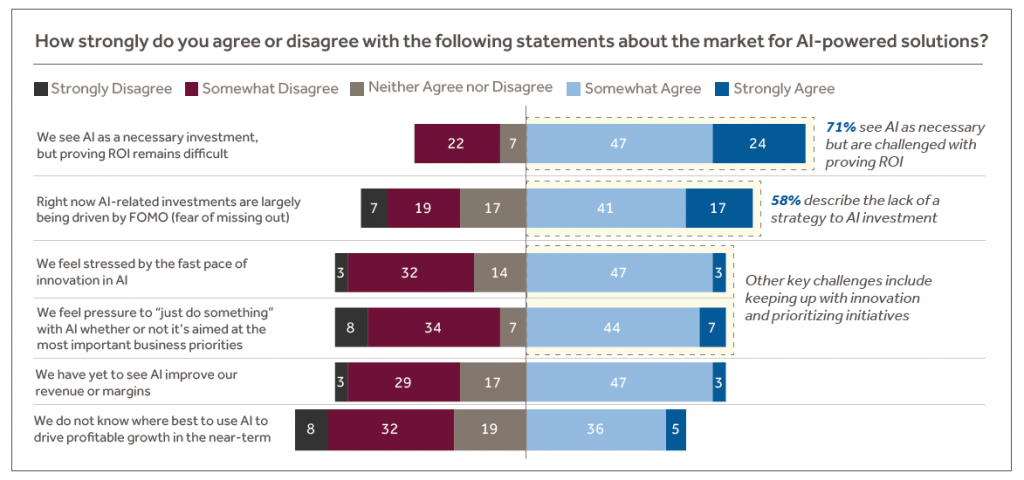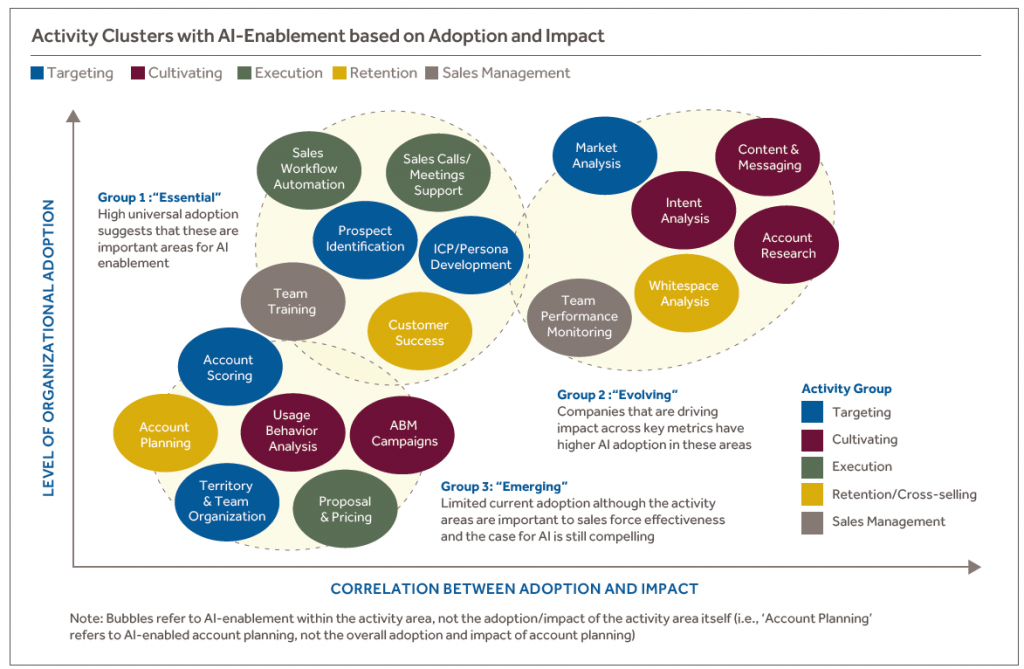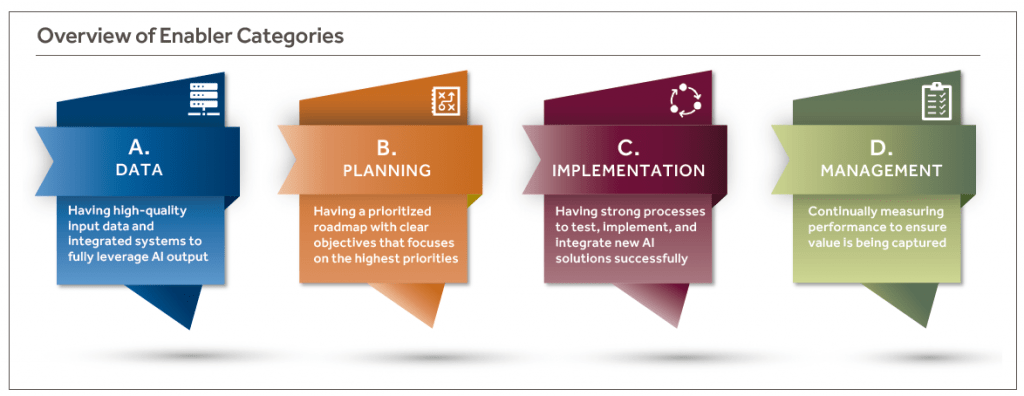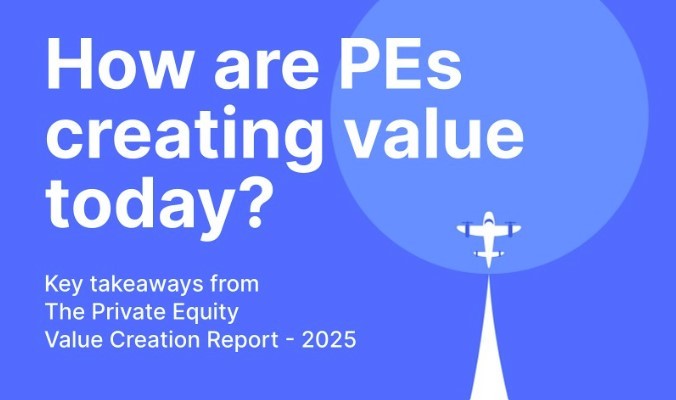Cutting Through the Noise: How AI Is (and Isn’t) Transforming Commercial Performance
Artificial Intelligence is no longer a futuristic concept—it’s a current reality reshaping how commercial teams operate. But despite high adoption, AI’s real impact remains elusive for many organizations. Blue Ridge Partners recently conducted the largest known global survey on how PE-backed software companies are using AI to boost commercial performance.
The AI Paradox in Commercial Organizations
AI and advanced analytics offer significant advantages across sales, marketing, and customer success. Yet, many mid-sized companies struggle to realize meaningful ROI. Seventy-one percent of commercial leaders consider AI a necessary investment, but most find it difficult to prove value. Over half admit their AI-related investments are driven more by fear of missing out than by strategy.
This fragmented adoption results in disjointed tools, outdated workflows, and commercial teams overwhelmed by conflicting systems and data.

Where Commercial Time Is Being Wasted
Over 50% of commercial team members report spending most of their time on non-revenue-generating tasks—things like system management and internal coordination. Even when they do engage in selling activities, more than half of that time is spent on low-value opportunities.
However, companies in the top 20% of commercial performance show a different trend. These leaders use AI to reduce time spent on admin tasks by 16%, boost win rates by 15%, increase sales forecast accuracy by 15%, and improve gross revenue retention by 13%.
What Sets High Performers Apart
High-performing companies aren’t chasing AI tools—they’re using AI strategically. They align initiatives with business priorities, redesign workflows, and build supporting capabilities that drive long-term success.
Their efforts center around five critical areas:
- Aligning AI to business outcomes
- Focusing on specific commercial activities
- Redesigning workflows and reinvesting gains
- Building internal data and operational capabilities
- Measuring adoption rigorously

Three Waves of AI Adoption
The research identifies three categories of AI activity:
- Essential: Tools like sales workflow automation and customer success platforms that are easy to deploy and widely used—but only provide incremental value unless paired with broader changes.
- Evolving: These tools, such as intent analysis and whitespace analysis, are less common but strongly linked to performance gains. Companies using them see reductions in costs and improvements in targeting and retention.
- Emerging: Advanced applications like account scoring and pricing optimization require high-quality data and strong integration but hold significant promise for future transformation.
The Four Organizational Enablers for AI Success

To truly unlock AI’s potential, companies must build strength in four enabling areas:
- Data: Clean, validated, and integrated data sets are essential. High performers are far more likely to invest in both manual and automated data quality efforts.
- Planning: Strategic roadmaps—not vendor hype—should guide adoption. Embedding AI into core workflows prevents waste and aligns tools with real priorities.
- Implementation: Effective companies pilot new tools, integrate them into day-to-day operations, and use playbooks to manage launches.
- Management: AI initiatives require continuous review and adaptation. Leaders track outcomes, compare AI-generated insights to actual results, and benchmark against peers.
The Road Ahead
AI isn’t a magic bullet—it’s a lever that can multiply the capabilities of strong commercial organizations. Success lies in combining thoughtful planning, practical implementation, and a willingness to adapt. As the cost of AI tools continues to drop and capabilities grow, companies that lay the groundwork today will be best positioned to lead tomorrow.
To learn more about how Blue Ridge Partners helps companies harness AI for profitable revenue growth, reach out to Managing Director & Chief Data Analytics Officer Chris Heuschkel at [email protected] or reach out at [email protected].


